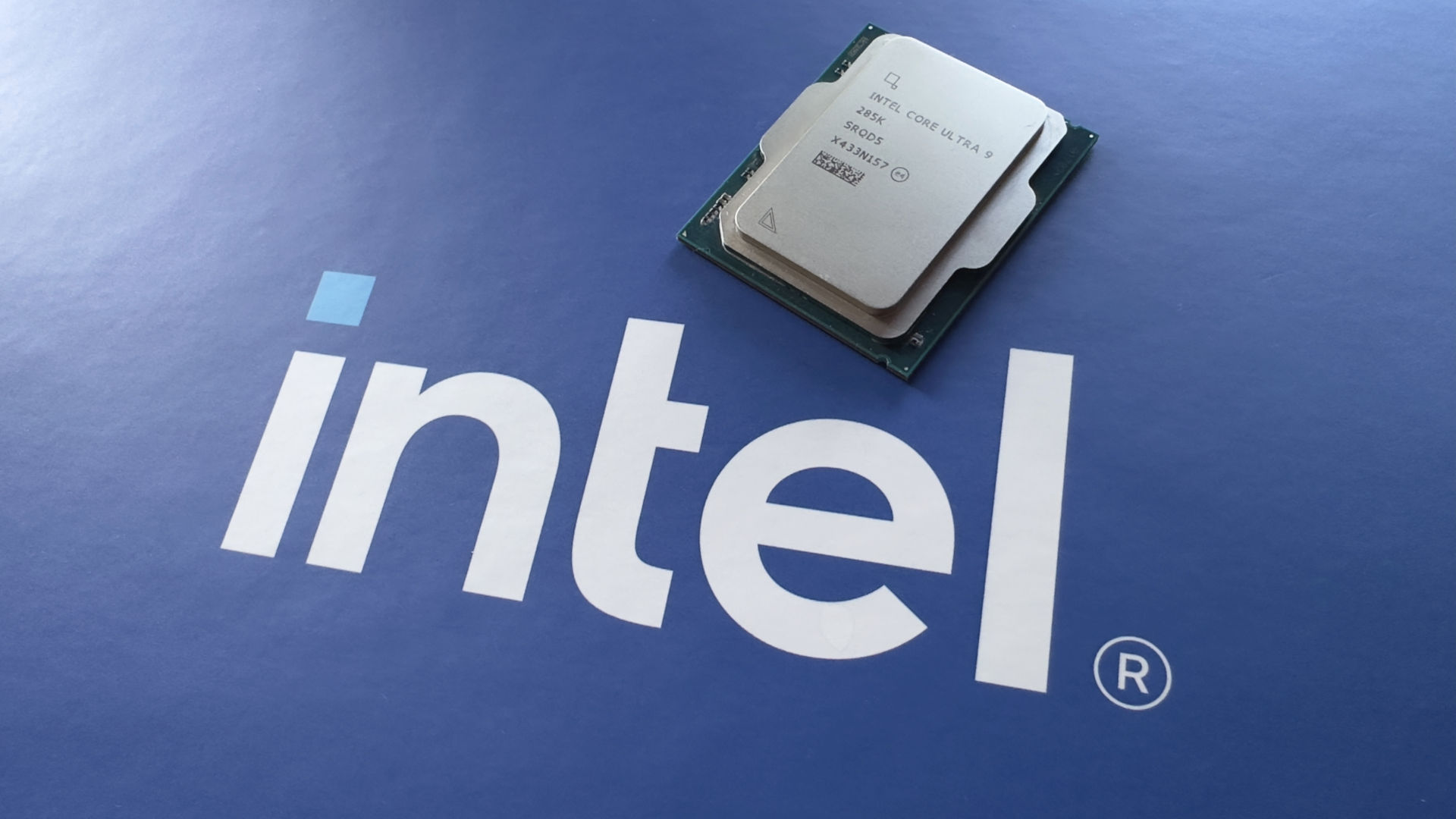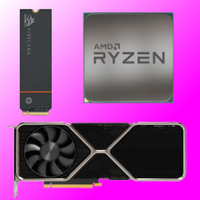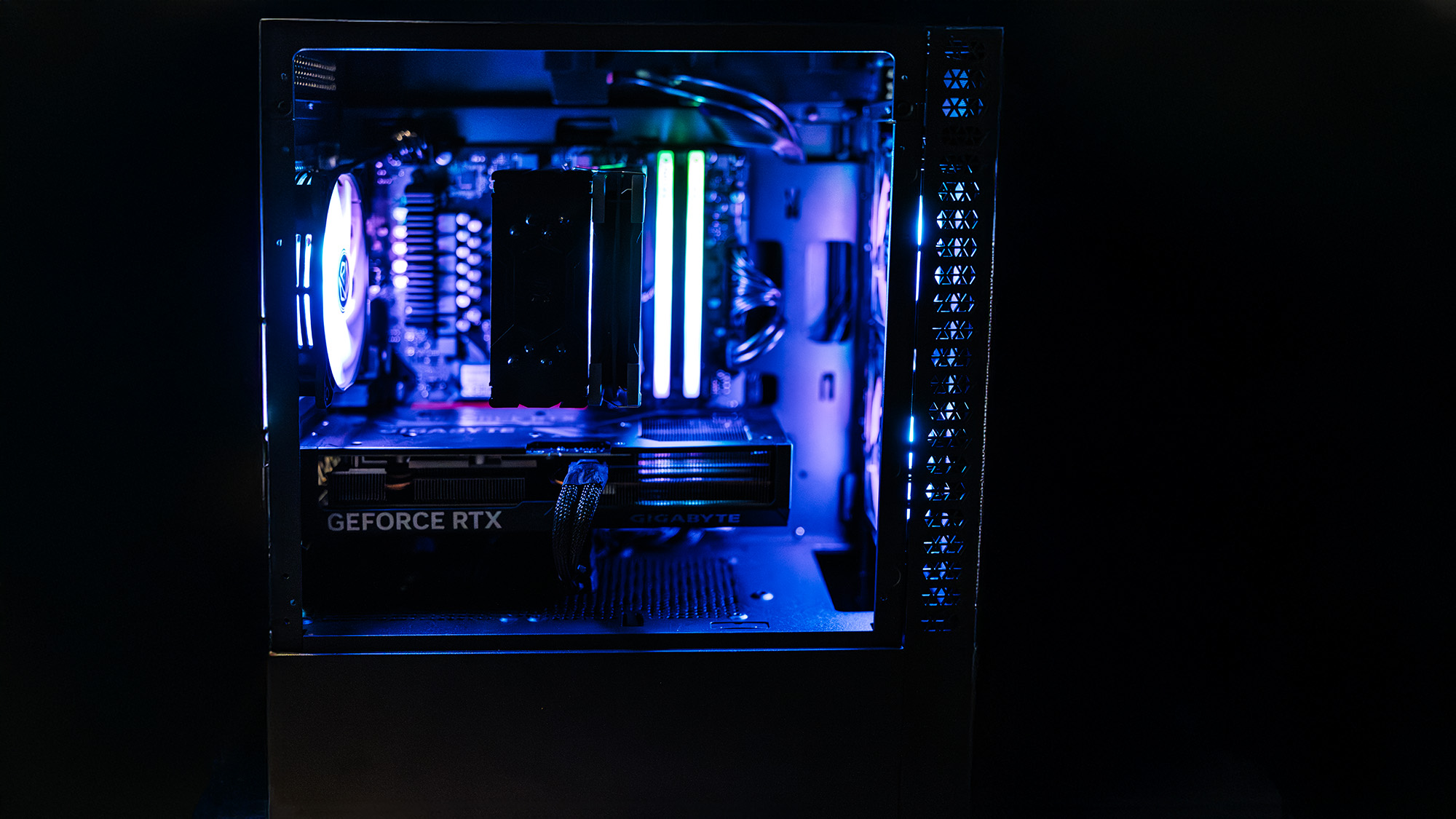PCs with Intel's new warranty-backed 'IPO' overclocking feature reportedly go on sale in China with claimed 10% frame-rate uplifts but what about the rest of us?
IPO supposedly makes overlocking all elements of an Arrow Lake CPU simple, effective and safe.

No, Intel hasn't gone all Gordon Gekko and got into the business of stock floatations and corporate finance. Intel Performance Optimization or IPO isn't an Initial Public Offering of a new share, but a new warranty-backed tuning paradigm that's designed to act as a middle ground between running CPUs like the Intel Core Ultra 9 285K at stock frequencies and clocking the twangers off them manually while risking permanent damage. And it's now available on pre-built PCs.
The catch is that IPO has only been mooted by Intel in China thus far and these first PCs are indeed being sold there and not anywhere else. According to UNIKO's Hardware on X, "Intel IPO (Intel Performance Optimization) PC is now available on the China market with specific sellers."
intel ipo (intel performance optimization) pc is now available on the china market with specific sellers like 攀升.ipo means overclocking cpu+dram, from frequencies and timings to power limits.ipo warranty is said to be provided by the seller, stability is covered.btw, even… pic.twitter.com/DXSXlFPszQApril 10, 2025
IPO hasn't been announced for global markets, but it appears to support overclocking both CPU and memory, including everything from frequencies and timings to power limits, courtesy of a set of pre-baked profiles.
As far as we can understand it, IPO appears to deliver most of the benefits of manual overclocking without the risks or need to be well-versed in PC BIOS settings. UNIKO's Hardware's post on X also indicates that stability at IPO profile settings is guaranteed.
In one example of the practical impact of IPO, it's said an Intel Core Ultra 7 265K can be run at 5.4 GHz across the P-cores, up from 5.2 GHz, while the E-core frequency steps up from 4.6 GHz to 4.9 GHz. Meanwhile, the frequency of the DDR5 memory edges up from 8,000 MT/s to 8,400 MT/s.
In some ways, however, where things get really interesting is the overclocking of other elements of the CPU. The ring bus runs slightly faster at 4 GHz versus 3.9 GHz stock, while the uncore (ie parts of the chip other than the CPU cores) increases from 2.6 GHz to 3.1 GHz. Likewise, the speed of the die-to-die interconnect between the Arrow Lake CPU's chiplets jumps from 2.1 GHz to 3.1 GHz.
Exactly how much any individual change makes is a complicated question. But overall, the example pre-built PC highlighted by UNIKO's Hardware comes with a claim of 10% faster in-game frame rates versus stock settings when using the IPO profile.
The biggest gaming news, reviews and hardware deals
Keep up to date with the most important stories and the best deals, as picked by the PC Gamer team.
Whether all of this is enough to firstly close the performance gap to the likes of AMD's hot-selling 9800X3D CPU and secondly undo the PR damage of failing 13th and 14th Gen CPUs, not to mention the patchy initial performance of Arrow Lake chips, including the Core Ultra 7 265K, is quite another matter.
However, if IPO performs as advertised, it's certainly something we'd like to see rolled out beyond China. A 10% performance boost may not be massive. But when the generational uplift from, say, an Nvidia RTX 4070 GPU to the latest RTX 5070 isn't all that much better, 10% for free definitely isn't to be sniffed at.
Best CPU for gaming: Top chips from Intel and AMD.
Best gaming motherboard: The right boards.
Best graphics card: Your perfect pixel-pusher awaits.
Best SSD for gaming: Get into the game first.

Jeremy has been writing about technology and PCs since the 90nm Netburst era (Google it!) and enjoys nothing more than a serious dissertation on the finer points of monitor input lag and overshoot followed by a forensic examination of advanced lithography. Or maybe he just likes machines that go “ping!” He also has a thing for tennis and cars.
You must confirm your public display name before commenting
Please logout and then login again, you will then be prompted to enter your display name.


